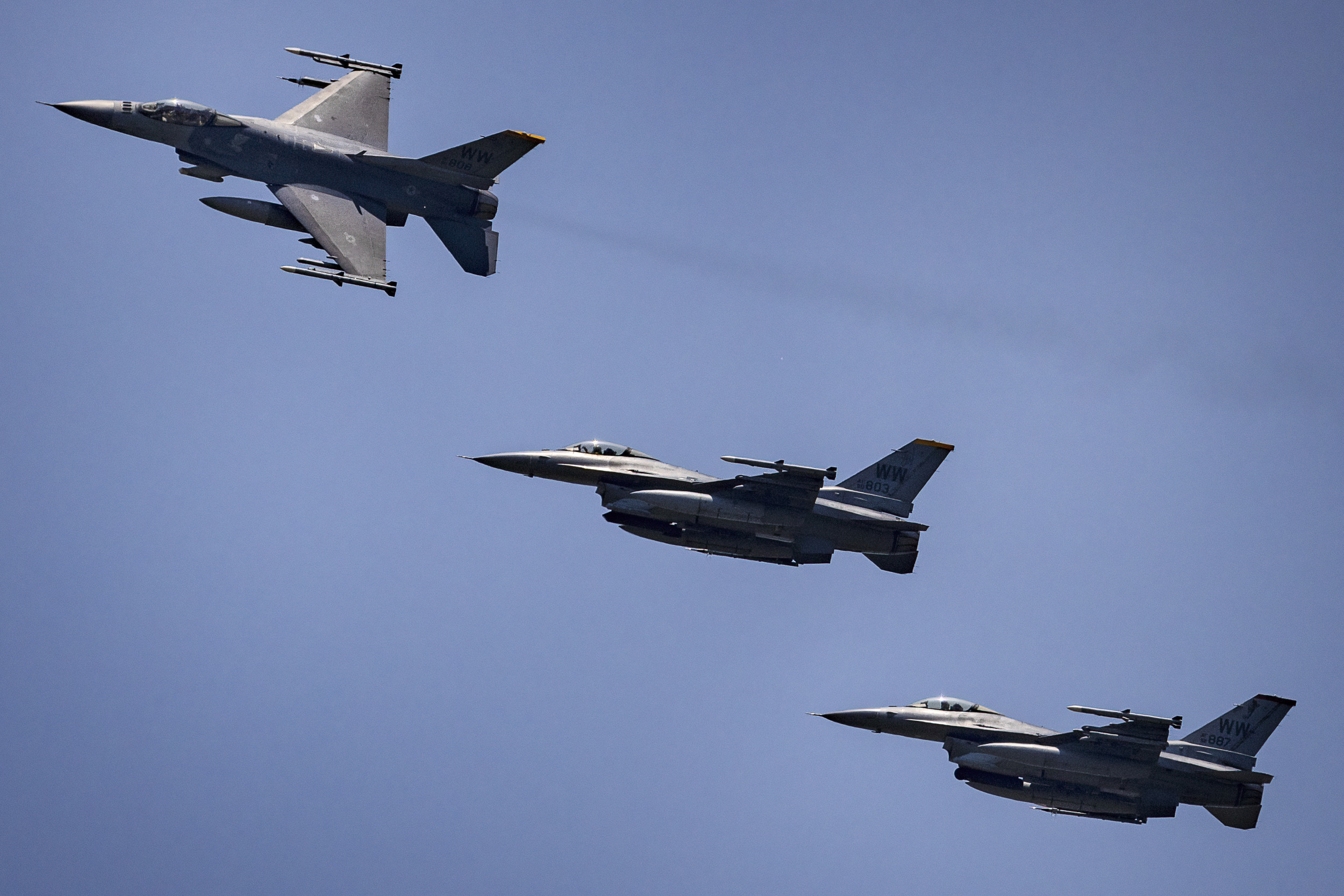
China Calls America's Bluff in the South China Sea
['China', 'Philippine', 'sea', 'U.S.', 'South']
The U.S. and the Philippines have kicked off three days of joint air and sea patrols in the South China Sea amid recent tensions.
China Calls America's Bluff in the South China Sea
The Philippines and the United States-one of the oldest alliances in Asia-began three days of joint air and sea patrols in the South China Sea on Tuesday aimed at pushing back against China's constant probing in the region. It is taking place in the "West Philippine Sea," Manila's name for the portion of the South China Sea that falls within the Philippines' exclusive economic zone, where Beijing has been actively asserting its claim to contested islands, reefs and atolls in the Spratly Islands archipelago. Joe Biden reaffirmed the U.S.-Philippines Mutual Defense Treaty of 1951 and pledged to respond militarily against any attack on Filipino servicemembers, including in the South China Sea. Manila had to wait five more years until the Trump administration publicly committed American power toward the defense of Philippine-held territories in the South China Sea-"a betrayal," Grossman said. China asserts ownership over the territories and maritime zones of nearly the entirety of the energy-rich South China Sea, challenging some half a dozen neighboring states in the process. China's immediate aim is to prevent the Philippines from resupplying and repairing the BRP Sierra Madre-a rusty Philippine Navy warship grounded at Second Thomas Shoal in 1999 for use as an outpost-after which it would "Likely move in to establish its own control over the reef," said Gregory Poling, director of the Southeast Asia Program at the Center for Strategic and International Studies think tank in Washington, D. C. "In the long term, it hopes to use non-military pressure to convince the Philippines and all the other claimants that resistance is futile and they should acknowledge China's claimed historic rights to all of the South China Sea," Poling told Newsweek. The Chinese navy's submarines operate frequently in the depths of the South China Sea, Su said.